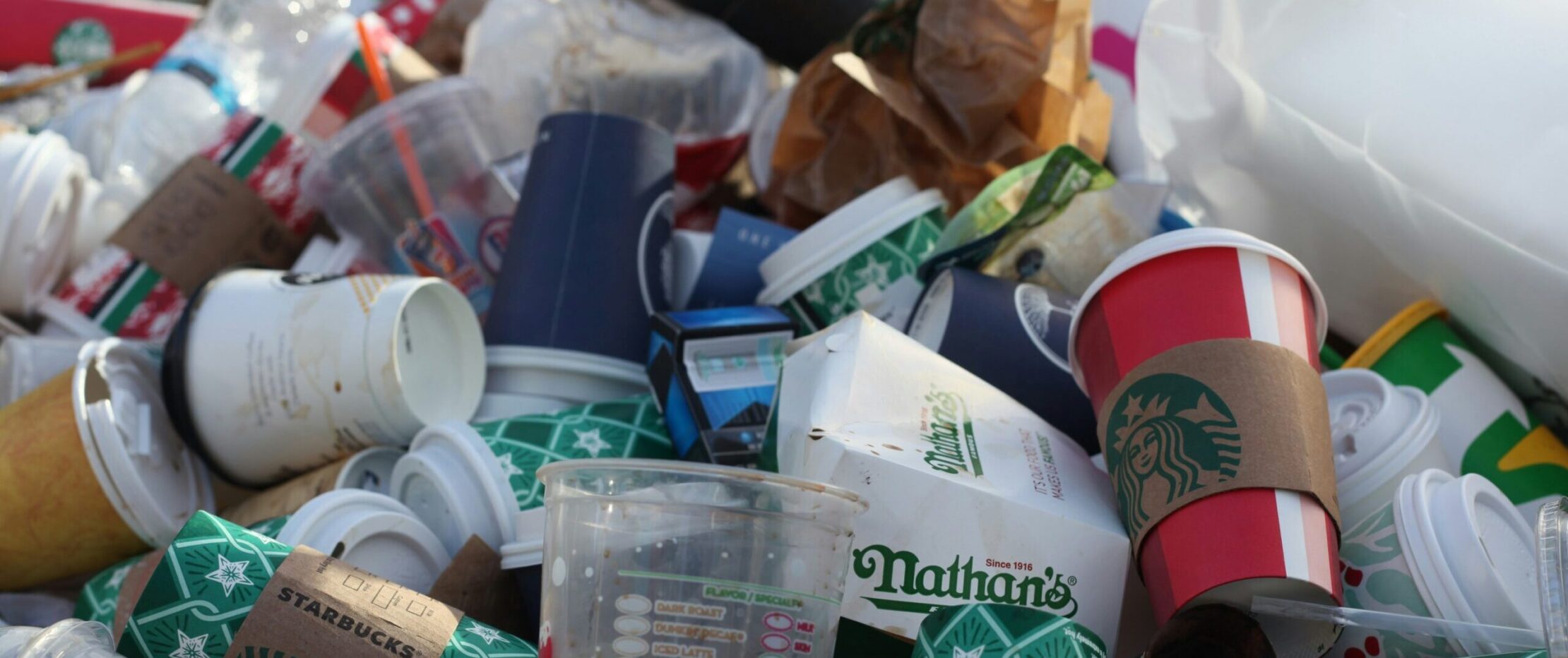The EU’s waste hierarchy offers a framework for sustainability and profitability. It prioritises waste prevention (reducing unnecessary costs), followed by preparing for reuse and recycling. Understanding this simple hierarchy helps businesses, especially in print, improve their environmental performance and bottom line by optimising processes and managing waste more effectively.
Now there’s a snappy title for you. Why on earth are you reading this? And why on earth am I writing it? Oddly enough the answer to both questions is that hierarchies of waste are important, truly they are. They help you prioritise how to deal with your business’s waste management problems and solve them. They can make it much easier for you to grab hold of the environmental sustainability beast, and that is in the interests of your company and your customers.
The most solidly established waste hierarchy is that of the European Union (EU). The hierarchy was laid out in 2008 in a statute to establish the legal framework for handling waste in the EU. That particular document is very long and very heavy going from the perspective of readers. It was probably pretty heavy going for the writers too. But the most important aspect of the work is that it establishes core principles that still apply and that businesses can implement.
Don’t panic, there is no need to read the thing (unless you really have nothing else on your mind). But there is a need to understand how appreciation of the waste hierarchy can help your business to be more profitable. And that’s what really matters.
At the top of the list is waste prevention. Prevent waste in the first place and you are taking the first steps to sustainability enlightenment. But there’s more to it than environmental understanding. Preventing waste in your business requires you to examine processes and production models, so that you can identify sources of waste which basically amount to unnecessary costs. Perhaps your workflow trundles along on outdated kit which doesn’t work as efficiently as it should. It could be that newer equipment is less energy intensive and more efficient, and so less wasteful. Or you may find that people in your supply chain don’t fully understand your preflight checking processes. Perhaps they are adding screen angles to PDFs that are completely wrong and require correction. This is a dreadful waste of time for printing companies operating under tight deadlines. And it costs you money.
Preventing waste is followed by preparing for re-use in the waste hierarchy. This sounds a little more slippery, but basically means that you should be thinking about what happens next to materials such as waste paper. Preparing waste paper for re-use is as simple as putting it into a recycling bin and sending it on its way. If you recycle printing plates you’ve probably already got deals in place for aluminium recycling. Recycling is what comes next in the waste hierarchy, followed by other recovery (such as energy) and disposal. So understanding the waste hierarchy isn’t as hard as it seems. It’s another tool to help you up your sustainability game and it’s a simple one to implement.
